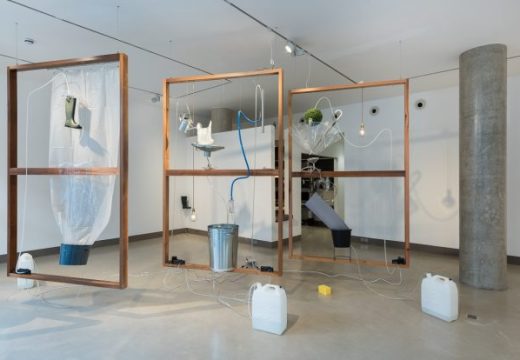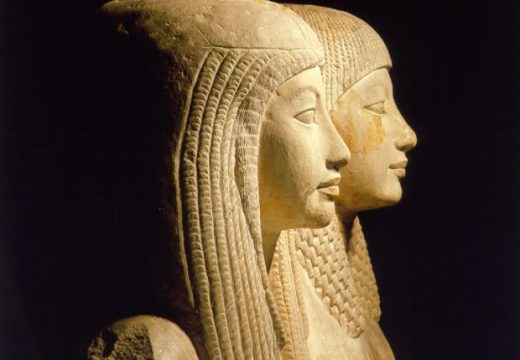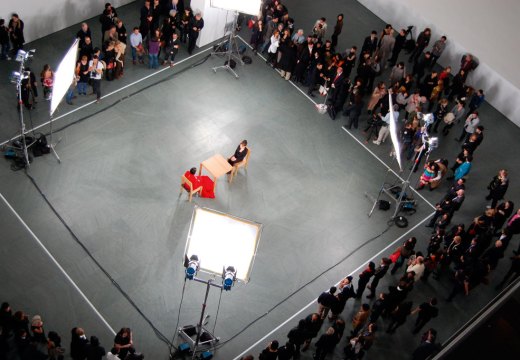Silk, Porcelain and Lacquer deals with the period 1500 to 1644, when certain countries bordering the Atlantic Ocean established powerful merchant empires, and markets were created for luxury manufactured goods from East Asia. Author Teresa Canepa starts with the date 1500 as it marks the year following Vasco da Gama’s return from his voyage to India via the Cape of Good Hope. Among the rare items da Gama brought back to Portugal were Chinese porcelains, which captivated his sovereign, King Manuel I, and subsequently sparked an interest in Chinese porcelain among other crowned heads of Europe. The book’s end date, 1644, signals the final year of the Ming dynasty in China, and also recognises the effect of the Tokugawa shogunate’s 1639 policy of closing Japan to missionaries and all Europeans – with the exception of the Dutch who did not proselytise Christianity.
Within this time frame, the book traces the developments of markets in different geographical regions, making comparisons between them. Canepa notes, for example, that there appears to have been a greater appreciation of Asian silk, porcelain, and lacquer in Portugal than in Spain, despite the fact that both were ruled by the Spanish Hapsburgs from 1580–1640. The author suggests that this was in part due to Spanish policies which affected the way in which goods could be acquired in the Philippines, and to the way in which they were imported into New Spain (Spanish territory north of the Isthmus of Panama) and thence to Spanish colonies in the Caribbean and Spain itself.
The scope of this study is extremely ambitious. It is a testament to Canepa’s dedication to the subject, and clarity of her organisation, that she has not only provided in-depth discussion and discovered new information regarding East-West trade in silk, porcelain and lacquer in the 16th and early 17th centuries, but has presented it in such a way as to make it accessible. Canepa took the sensible decision to divide the book firstly by material: Chinese silk, followed by Chinese porcelain, and lastly Japanese lacquer. Within these divisions she has approached each material geographically and chronologically in terms of traders and destinations – Portugal, Spain, the Northern Netherlands/Dutch Republic, England, and the colonies of the New World. This approach allows each section to stand on its own; it also enables comparisons of different parts of the research to be made, and the trans-Atlantic and trans-Pacific trading networks to be understood more clearly.
The research involved has been wide-ranging, covering much textual material from the various European countries, including some previously unpublished letters and inventories, evidence provided by contemporary paintings and prints, and extensive investigations of extant objects – both from collections and from terrestrial and marine archaeological excavations. As with the texts, Canepa has found previously unpublished excavated material and, in certain instances, made difficult journeys to see it in person – as in the case of some excavated material in Mozambique and the Dominican Republic. In the Dominican Republic, she was able to identify previously unrecorded shapes among the porcelain retrieved from a shipwreck of 1641.
It was for silk that Canepa had the smallest number of extant objects to compare with textual evidence. Nevertheless she was able to identify not only Chinese silk used in the West, but also religious and secular items made to specific Western order, and the circumstances of their manufacture and trade. Interestingly noted is that Spain’s sumptuary laws were much less strictly adhered to in its territories in the New World, thus a wider range of social classes in Mexico City and Lima owned Chinese silk. An aspect of Canepa’s research into silk, porcelain, and lacquer involved the ways in which designs from different ethnicities and religions were combined on some of these items. An existing 17th-century brocaded silk Christian liturgical vestment now in the collection of the Peabody Essex Museum, for example, bears a repeat design of Buddhist lions with a beribboned ball between them.
Among the discoveries made during her study of Chinese porcelain, Canepa found evidence to show that the use of East Asian porcelain for decoration in European palaces had not begun in the Dutch Republic in the 1630s, as had previously been thought. She found evidence for this in Portugal, notably in an unpublished 1563 inventory of the 5th Duke of Bragança which records the Duchess’s ‘House of glass and porcelain’ at the ducal palace in Vila Viçosa; and in England, where an unpublished 1605 inventory of the furnishings of Sir Matthew Arundell’s Wardour Castle in Wiltshire also includes a ‘posselyn’ house.
Canepa’s study of Japanese lacquer made for the West revealed a number of significant points, one of which relates to the specific ordering of European designs. She noted that the Dutch and the English ordered Japanese lacquer in European designs in the 1610s. This was before they made such orders for Chinese porcelain – Dutch shapes appearing at Jingdezhen in the 1630s. The Portuguese and Spanish, on the other hand, placed specific orders for Chinese porcelain as early as the 1540s, while the first specific orders for Japanese lacquer were made by the Jesuits around 1580 and for Portuguese and Spanish traders shortly thereafter. The way in which the book is organised allows such observations to be made without confusing the narrative.
This book is meticulously researched and provides the reader with the necessary historical background for Europe, East Asia and the New World, as well as including a number of new discoveries and insights. It is also extensively and intelligently illustrated, and beautifully produced.
From the February issue of Apollo. Preview and subscribe here.
Unlimited access from just $16 every 3 months
Subscribe to get unlimited and exclusive access to the top art stories, interviews and exhibition reviews.














![Masterpiece [Re]discovery 2022. Photo: Ben Fisher Photography, courtesy of Masterpiece London](http://www.apollo-magazine.com/wp-content/uploads/2022/07/MPL2022_4263.jpg)
Has the Fitzwilliam lost the hang of things?